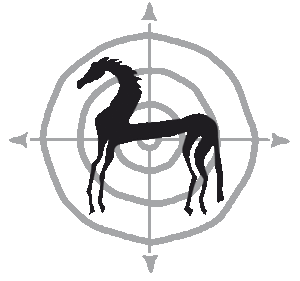The best working gait for YOUR horse? Find examples here
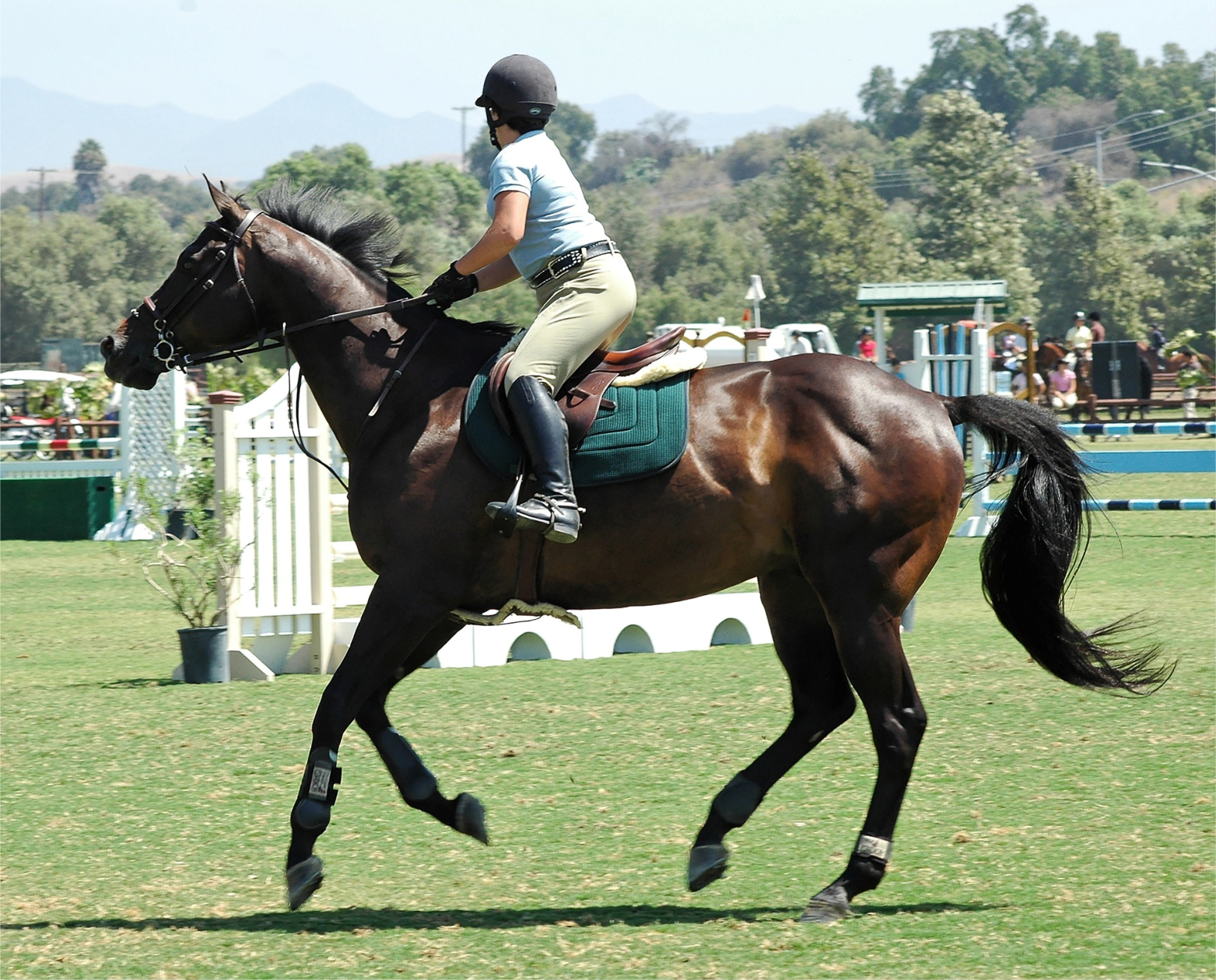
What is the best working gait for YOUR horse? In our last blog post we discussed Working Gaits. And how important they are in training your horse the best way.
In this post you can find examples to give you an idea how this can vary from horse to horse. And even from day to day!
Want to know more? Keep an eye out for our next blog post.
There we will discuss how you can discover the best working gait for ANY horse!
The best working gait
To sum up our last blog post: To train our horse the best way – and to keep him healthy and happy, we have to think about HOW we ride walk, trot and canter.
Too fast or too slow is not helpful. We want to ride what is called ‘Working Gaits’.
The best working gait is:
The walk, trot or canter that has the optimal training effect on THIS horse in THIS moment.
It means the horse is working:
- With a relaxed mind and body (not stressed and tense);
- Balanced in his body (‘carrying himself’ – not on the forehand);
- With an active hindleg, but not hasty (long and smooth steps, not short and choppy).
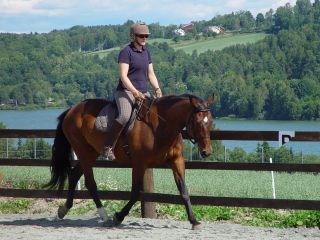
For a good working gait, the horse should be moving actively and relaxed at the same time.
The tricky part: It depends!
This may sound obvious. Shouldn’t all horses go forward?
Here is where it gets tricky.
Exactly HOW fast a horse should go for an optimal training effect varies from horse to horse.
It can even vary from day to day in the same horse.
It can even vary from minute to minute!
Let’s look at some examples to explain this.
The ‘lazy’ horse
Fia is a 19 year-old Fjord horse. She is very sweet, but she does not have the most athletic body in the horse world 😉. Because of her age, she can get a bit stiff. And she can feel a bit ‘lazy’ when you ride her.
It can be very tempting for the rider to just let her ‘shuffle around’ in a slow tempo, just to be kind to her.
But that would be a MISTAKE! Shuffling around will not help Fia’s body or get rid of her stiffness.
A horse like Fia needs to be pushed a bit in walk and trot – the rider must ask her to take a bit longer and more active steps. And then, after a few minutes, she starts moving better and better.
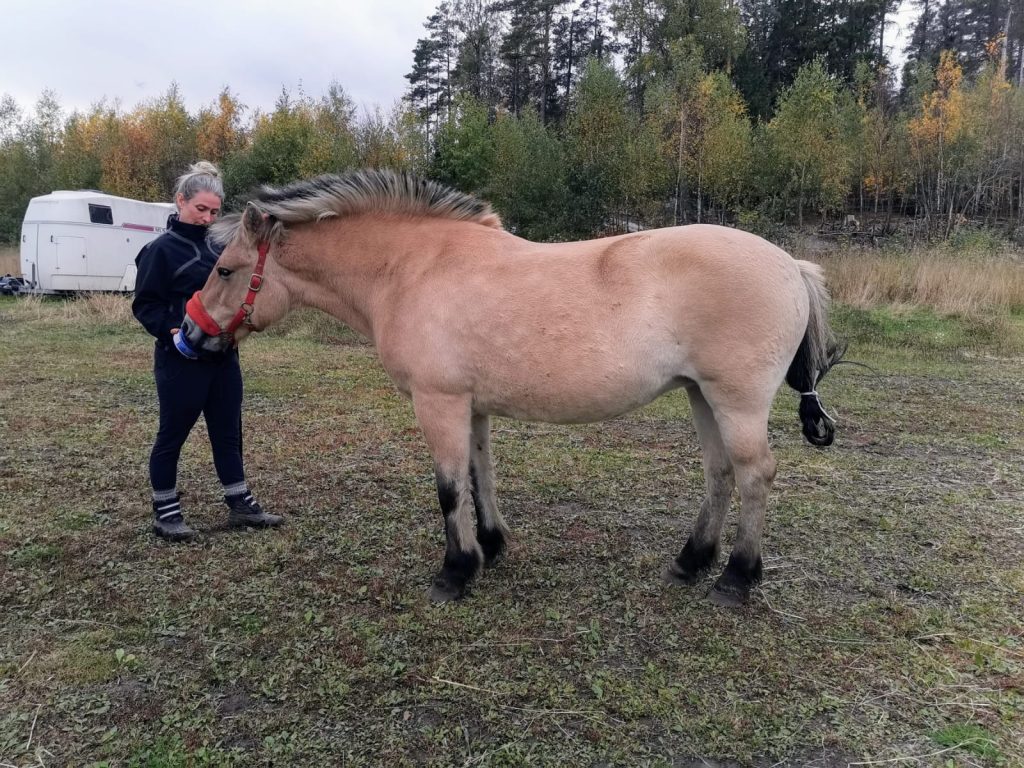
Fia does not have the most athletic body…
Falling into canter
Fia finds cantering difficult. Instead of ‘jumping up’ into a canter, she will try to trot very fast until she ‘falls into canter’.
What would happen if the rider now pushes her to go even faster…?
Most likely it will be even more difficult for Fia to jump into a nice canter. She will just run around in trot, faster and faster – and ‘getting flatter’.
For the best working gait in canter, Fia should actually be trained to go a bit slower. With slightly bigger strides, and hindlegs that step under her body a bit more.
A moose comes out of the woods…
Here we see that the best working gait can vary a lot, even in the same horse.
- In walk and trot, Fia needs to be pushed a bit – she needs to take slightly longer strides.
- But in canter it’s the opposite: she should go a bit slower for the best training effect.
Now suppose that a moose comes out of the woods next to the arena…. and Fia suddenly starts walking very fast!
She is active enough, but her strides are short and choppy. For the best training effect (both mentally and physically) the rider should now ask her to move a bit slower – if possible 😉.
In other words: the best working gait for your horse can vary from minute to minute – and even from second to second!
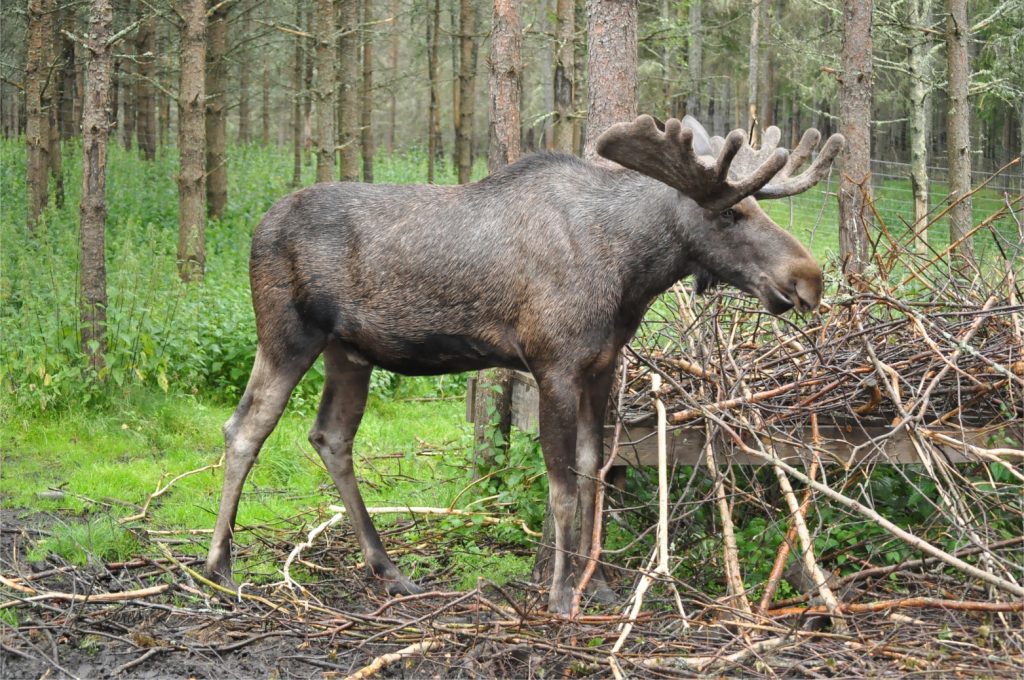
What happens to your working walk when a moose comes out of the woods…?!
The athletic horse
Quickztep is a dressage horse who came to us just a few months ago.
He is very tall, very well bred and was born with fantastic athletic potential, including very ‘big’ and elastic movements.
Unfortunately, he not only had horrible hoof problems when he arrived, but also a lot of pain and tension in his body. In his mind (and in his body!), riding was connected to pain and stress.
We always try to take our time when we warm up our horses.
We do a lot of calm work in walk and trot. To work through their bodies, to ‘check if all the buttons work’, and to see how their mood is.
Quickztep was clearly not used to this. He would curl up his neck way too much and walk with tense, short steps.
When asked to trot, he would curl up even more and ‘take off’ like a bullet from a gun.
For his body and his mind, the best working walk and trot right now is much slower – and much more relaxed – than he is used to.
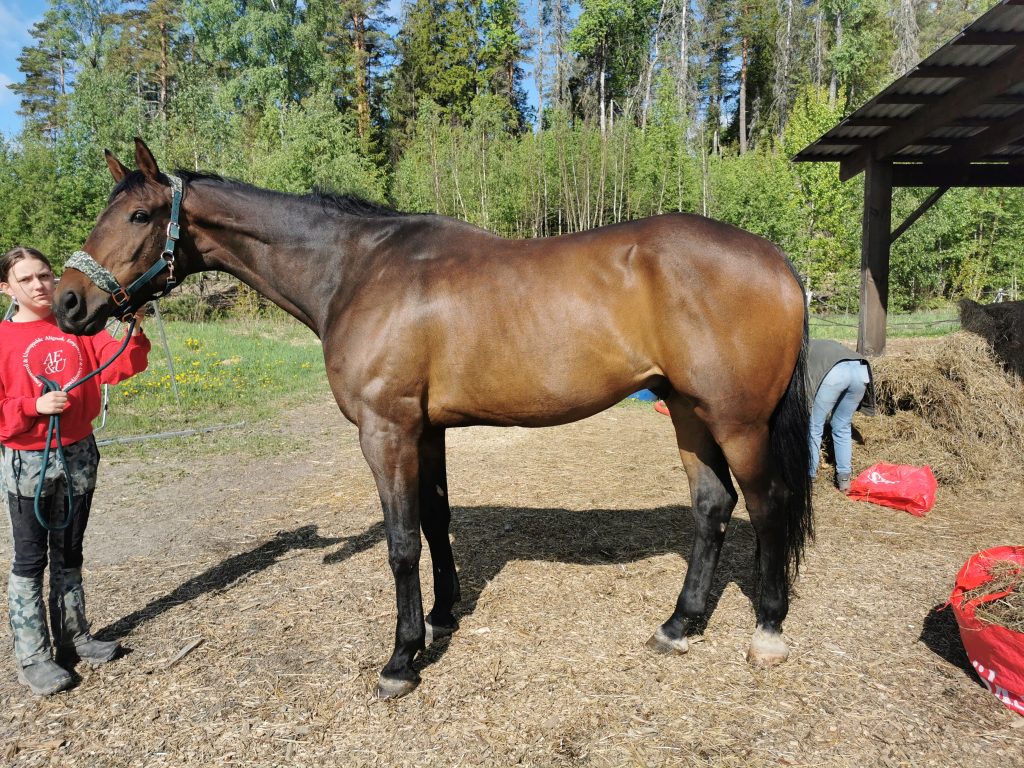
Quickztep – a very athletic horse. He has to learn to go slower and more relaxed.
Short and high canter
In canter, Quickztep does the opposite of Fia. He likes to canter very ‘short and high’ (almost on the spot, with very short and high steps).
But for the optimal training effect JUST NOW, it would be better for him to canter with longer steps and a lower neck and head. So he really stretches his whole body.
If all goes well and his body gets better, then it might be possible again to ride a more collected canter (shorter and ‘rounder’).
In other words: his best working gaits in the future might be very different from the best working gaits for him just now.
Figure out the best working gait for ANY horse!
Want to know more? Keep an eye out for our next blogpost on the best working gait.
There you will get get tips on how you can figure out the best working gait for any horse!
Don’t risk missing out – sign up here, and the next blog posts will automatically land in your inbox.
BONUS: you will get this FREE E-BOOK! With 10 easy tips how you can be a better rider, already today. Because our horses deserve that we are the best riders we can be…
Any questions or comments? Feel free to share with us in the comments.
